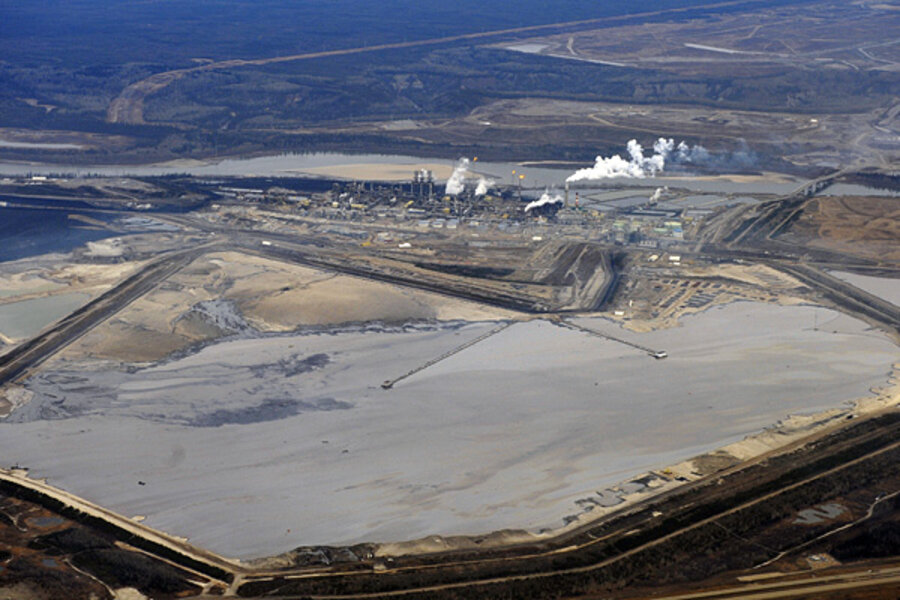Canada boosts advertising budget for tar sands, Keystone XL
Loading...
Canada’s tars sands may just be the most unpopular source of energy in the world. Never the less they are vitally important to Canada’s plans for the future, so they are keen to reverse this opinion, and have increased their expenditure on advertising by nearly 100% from $9 million in 2012, to $16.5 million in 2013.
The Canadian government has begun an aggressive campaign to promote the tar sands just before Prime Minister Stephen Harper makes a visit to New York on Thursday to discuss issues on trade, energy security, and the Keystone XL pipeline.
Canada has been aiming its advertising campaign at the White House administration officials, hoping to sway their opinion on Keystone XL.
Prime Minister Harper will begin his trip to New York with a question and answer session with the Council on Foreign Relations, before addressing American business leaders on the merits of trade. (Related article: Canada’s Oil Sands Threatened by Lack of Market)
A statement on Harpers website read: “I look forward to engaging with council members on pressing issues including the global economy, trade liberalisation, energy and security, as well as issues of importance to Canada and the US such as the Keystone XL pipeline.”
Obama is expected make his decision this year, and as the time draws closer Canada is throwing all it has into a last ditch effort to persuade the President to approve the project.
Canada’s advertising campaign is also aimed at Europe, who is set to vote on the classification of the tar sands. Placing them in a ‘highly polluting’ category on their own could severely hamper Canada’s ability to find a market for the tar sands oil, as countries will prefer to seek out less carbon intensive sources.







